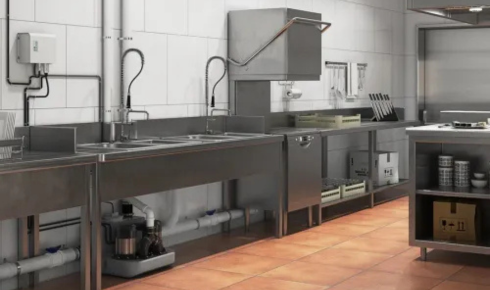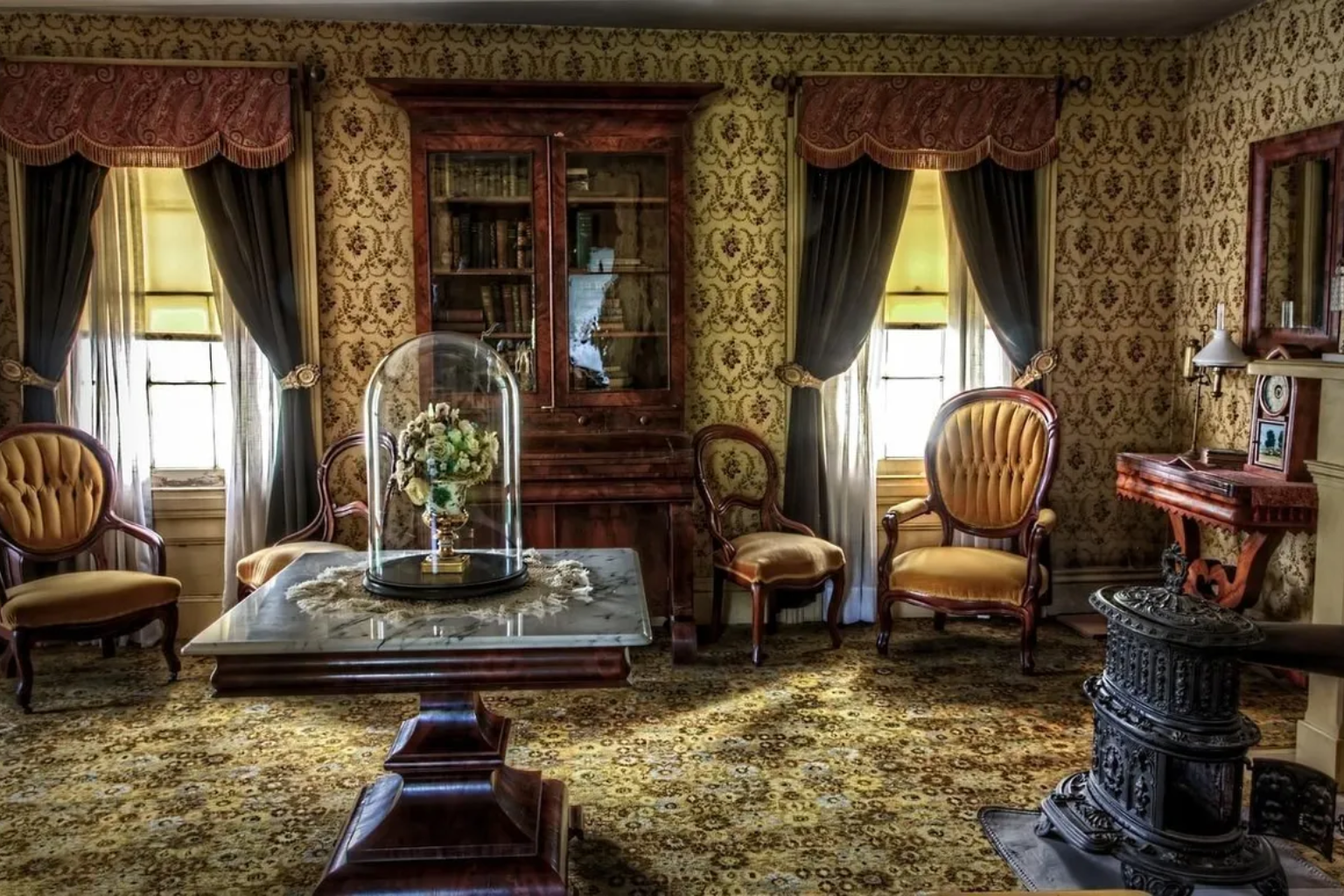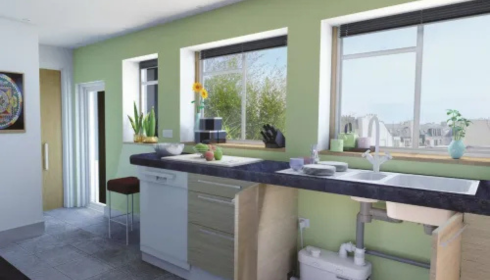Interior painting can completely transform a room, but the cost can quickly add up. Whether you’re refreshing the walls or completely changing the look, saving money on interior painting doesn’t mean sacrificing quality. There are many ways to keep your project affordable while still achieving great results. Here’s how you can reduce the costs without cutting corners on the finish.
Choose the Right Paint for Your Budget
The type of paint you choose plays a significant role in the overall cost. While high-end paints offer a premium finish, they are often much more expensive than standard brands. Instead of going for the most expensive option, look for mid-range paints with good durability. These paints typically cover well and last longer than cheaper alternatives, making them a smart choice for budget-conscious homeowners.
Prep the Surface Before Painting
A lot of people overlook surface preparation, but it can save you money in the long run. If you skip prepping, you may need more coats of paint or end up with uneven results, requiring extra touch-ups. Cleaning the walls, filling in any holes, and sanding rough spots will ensure the paint adheres properly and lasts longer. Doing this yourself can also save money that would otherwise go toward hiring interior painting professionals to handle the prep work.
Do It Yourself or Get Help with Specific Tasks
Hiring a professional painter might be tempting, but it’s not always necessary. If you have some time and a steady hand, you can tackle smaller rooms or touch-ups yourself. DIY painting can save you a significant amount of money on labor costs. If you’re not confident in your skills, consider hiring a pro for tricky areas, like ceilings or intricate trim work, while doing the simpler parts yourself.
Buy Paint in Bulk
When purchasing paint, buy in bulk if possible. Paint stores often offer discounts when you buy multiple gallons at once. Even if you don’t need it all right away, you can store leftover paint for future touch-ups. This way, you’ll be prepared for maintenance without having to buy a new can of paint each time, which can add to the expense.
Choose Lighter Colors
While dark colors can look striking, they often require more coats of paint to achieve even coverage. Lighter shades are generally easier to work with and may only need one or two coats. If you’re looking to cut costs, opt for soft neutrals or pastels, which tend to be more forgiving and require less maintenance over time.
Consider Paint Alternatives for Small Touch-Ups
Instead of repainting an entire room, consider using touch-up pens or small cans of paint for minor repairs. These alternatives work well for fixing up scuff marks or covering stains. It’s a much cheaper option than repainting an entire wall, especially in high-traffic areas that need frequent cleaning.
Conclusion
Interior painting doesn’t have to break the bank. By choosing the right paint, prepping the surface, and considering DIY options, you can achieve a fresh, updated look for your home without overspending. Remember that small changes like buying in bulk, using the right tools, and choosing lighter colors can all help save money. With a bit of time and effort, you can create beautiful, vibrant spaces that make your home feel brand new.




